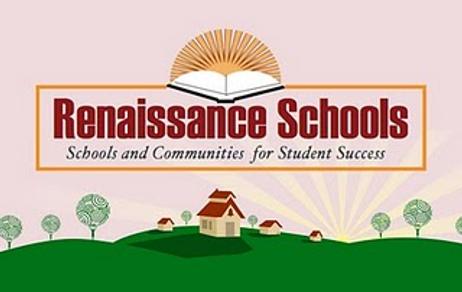The Renaissance School Initiative is continuing its efforts to transform some of the lowest-performing schools in Philadelphia by giving them over to charter organizations. This year, six more struggling schools are slated for charter school takeovers and the district is currently evaluating the applicants for the job. While this new process has been hailed by some as an effective way to raise the quality of education in one of the largest school districts in the country, others worry that there is simply not enough evidence to support the idea of allowing more public schools to be absorbed by charters this year.
About the Renaissance School Initiative
The Renaissance School Initiative was established by the School District of Philadelphia on January 27, 2010, according to the district’s website. The goal of the initiative is to bring dramatic student improvement through the transformation of some of the city’s lowest-performing schools. To accomplish this goal, the district solicits help from individuals and organizations with a positive track record of turning around struggling schools in Philadelphia. Schools are given over to public charters, so the necessary changes can take place internally to bring about the much-needed changes to student achievement.
The district has cited three important components required to meet their goals for all Philadelphia schools, which include:
- Identifying the lowest-performing schools that will require a transformative change to improve
- Identifying the entities (individuals or organizations) that are best equipped to make those transformations
- Empowering the local school community to





















